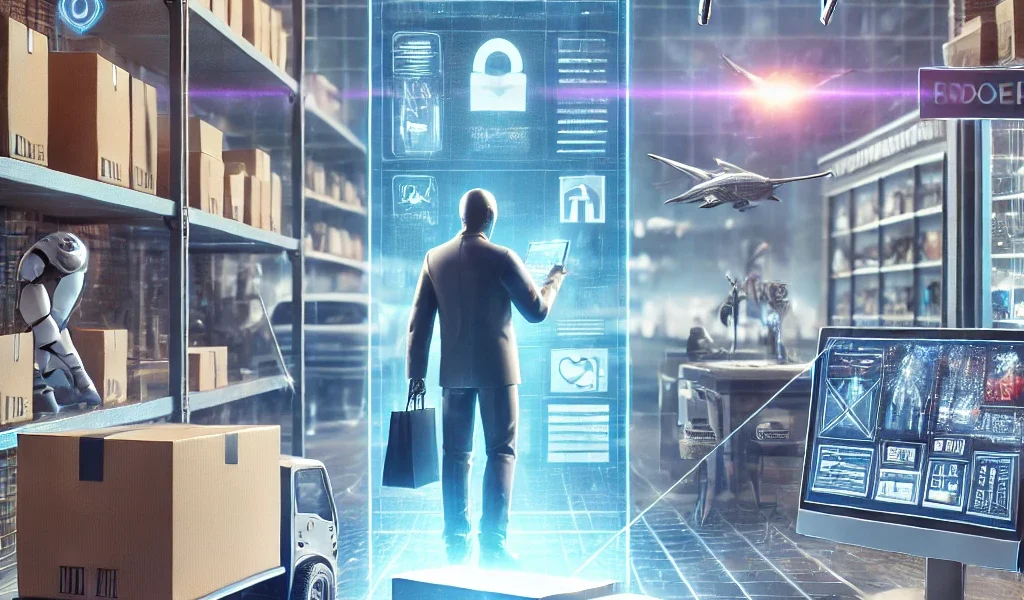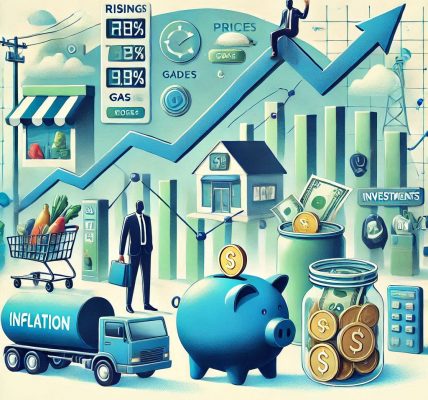Introduction
E-commerce has transformed the way businesses operate and how consumers shop. With rapid technological advancements, increasing internet penetration, and changing consumer preferences, online shopping is experiencing exponential growth. As e-commerce continues to evolve, traditional brick-and-mortar businesses face significant challenges and opportunities. In this blog, we will explore the future of e-commerce, its impact on physical retail stores, and how businesses can adapt to this changing landscape.
The Growth of E-commerce
1. Technological Advancements Driving E-commerce
E-commerce is thriving due to continuous technological innovations, including:
- Artificial Intelligence (AI) and Machine Learning: Personalized recommendations, chatbots, and AI-powered search functions enhance user experience.
- Augmented Reality (AR) and Virtual Reality (VR): These technologies help online shoppers visualize products before purchasing.
- Blockchain and Cryptocurrencies: Secure transactions and decentralized payment systems are becoming more common.
- Same-Day and Drone Deliveries: Faster and more efficient logistics solutions improve customer satisfaction.
2. Changing Consumer Behavior
Consumers are increasingly favoring e-commerce due to:
- Convenience: Shopping from anywhere at any time.
- Competitive Pricing: Online stores often offer lower prices due to reduced operational costs.
- Wider Selection: E-commerce platforms provide a larger variety of products compared to physical stores.
- Personalization: AI-driven product recommendations and tailored promotions.
3. Mobile Commerce (M-commerce) on the Rise
- More consumers use smartphones for shopping, leading to the growth of mobile-friendly platforms.
- Social media integration allows users to shop directly from apps like Instagram, Facebook, and TikTok.
- Mobile wallets and one-click checkout simplify the purchasing process.
The Decline of Traditional Brick-and-Mortar Stores
1. Decreasing Foot Traffic
- Consumers prefer online shopping over visiting physical stores.
- The COVID-19 pandemic accelerated the shift to digital commerce.
- Many traditional retailers are struggling to maintain in-store sales.
2. Rising Operational Costs
- Rent, utilities, and labor costs make running a physical store expensive.
- Many businesses are unable to compete with the lower prices offered by online retailers.
3. Shift to Omnichannel Retailing
- Many brick-and-mortar businesses are adopting hybrid models, combining online and offline sales.
- Click-and-collect (buy online, pick up in-store) services are gaining popularity.
- Stores are transforming into experiential hubs rather than just points of sale.
The Future of E-commerce
1. Artificial Intelligence and Automation
- AI-powered chatbots will improve customer service and engagement.
- Automated warehouses and smart logistics will increase efficiency.
- AI-driven marketing will enhance targeted advertising and sales predictions.
2. Sustainable E-commerce Practices
- Brands will focus on eco-friendly packaging and carbon-neutral shipping.
- Consumers will demand ethical sourcing and transparency in supply chains.
- Second-hand and resale marketplaces will gain traction.
3. Augmented Reality (AR) Shopping
- Virtual try-on features for clothing, eyewear, and makeup will become standard.
- AR-powered interior design tools will help customers visualize furniture in their homes.
4. Voice Commerce and Smart Assistants
- Shopping through smart speakers (e.g., Amazon Alexa, Google Assistant) will grow.
- Voice search optimization will become essential for e-commerce websites.
The Future of Brick-and-Mortar Stores
1. Experiential Retail
- Physical stores will focus on offering unique in-store experiences.
- Interactive displays and in-store AR/VR experiences will attract customers.
2. Hybrid Business Models
- More traditional retailers will adopt e-commerce platforms.
- Subscription-based services will increase customer retention.
- Personalized in-store shopping experiences will enhance brand loyalty.
3. Hyperlocal and Community-Centric Retail
- Localized supply chains and community-driven stores will regain popularity.
- Small businesses will leverage social media and digital marketing to connect with nearby customers.
Conclusion
The future of e-commerce is poised for continuous expansion, reshaping the retail industry. While brick-and-mortar businesses face challenges, they also have opportunities to evolve and thrive. By embracing digital transformation, adopting omnichannel strategies, and focusing on customer experiences, traditional retailers can stay relevant in the ever-changing market. The key to success lies in adaptability, innovation, and meeting the evolving needs of consumers in the digital age.




